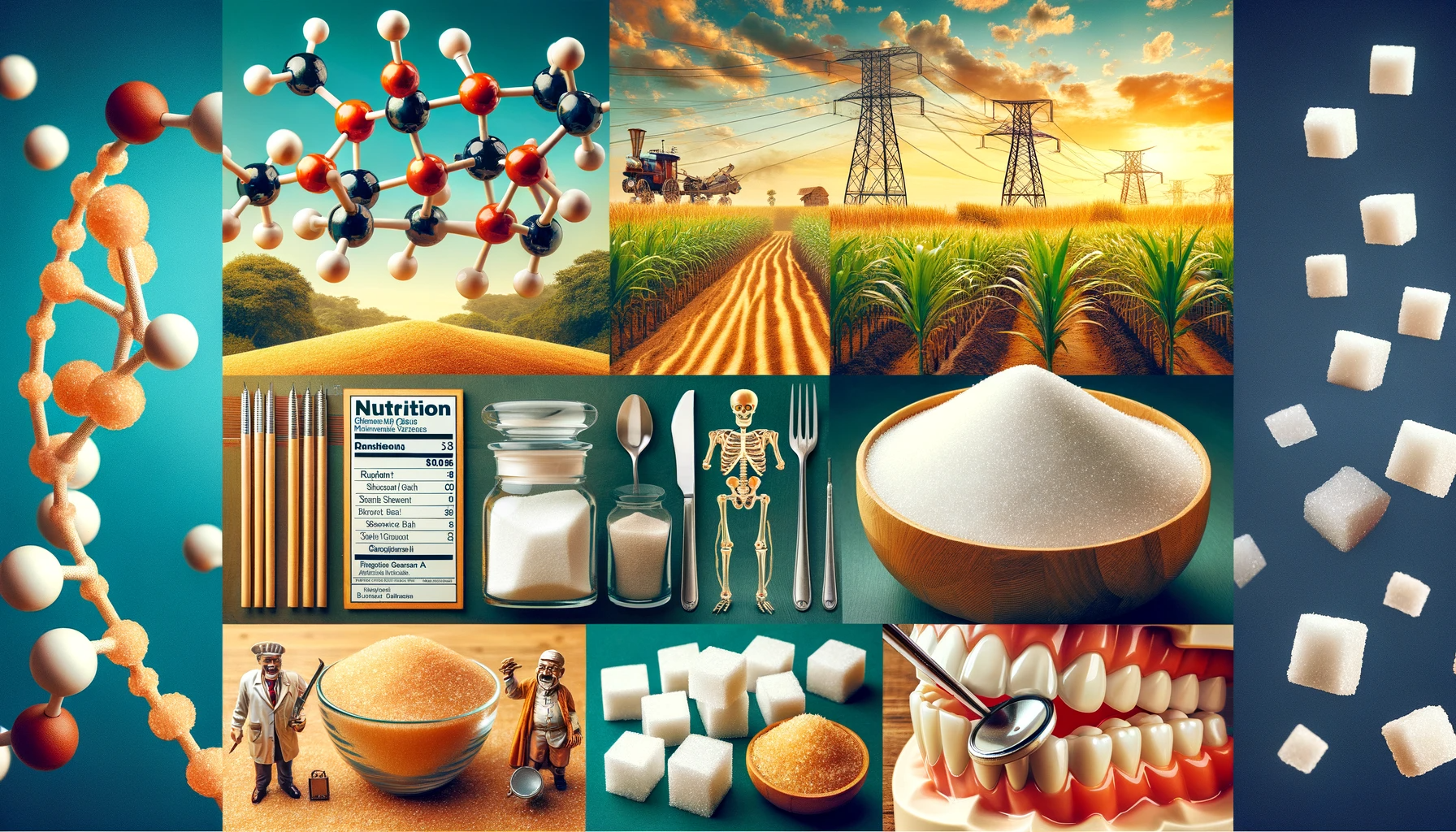Introduction:
The history of sugar ingredients is a journey that spans centuries, continents, and cultures. This sweet substance has played a pivotal role in human civilization, from its early discovery in ancient civilizations to its widespread use in today’s culinary world. In this article, we’ll delve into the fascinating origins of sugar ingredients, tracing their evolution from ancient times to modern days.
The Ancient Beginnings of Sugar
Unearthing the Cradle of Sugar: Ancient India
The roots of sugar can be traced back to ancient India, where the sugarcane plant, Saccharum officinarum, is believed to have originated. Sugarcane juice was extracted by the Indians as early as 510 BC, and they were among the first to develop a crude form of sugar. This early discovery laid the foundation for the sugar industry as we know it today.
The Journey to Persia and the Islamic World
Sugar found its way to Persia (modern-day Iran) in the 6th century AD, thanks to Persian conquerors in India. It was in Persia that sugar refinement techniques were further developed, leading to the production of crystallized sugar. The Islamic world played a significant role in spreading knowledge about sugar processing techniques and cultivation throughout the Middle Ages.
The European Sugar Revolution
The Crusades and Sugar in Medieval Europe
The Crusades in the 11th century brought sugar to Europe, initially as a luxury spice. It was during this time that sugar began to gain popularity among the European elite. Sugar was regarded as a symbol of wealth and social status, often displayed as a centerpiece on noble banquet tables.
Colonization and the Sugar Plantations
The Age of Exploration in the 15th century led European powers to establish sugar plantations in the New World, particularly in the Caribbean and South America. These plantations relied heavily on enslaved labor, leading to a dark chapter in sugar’s history. The vast quantities of sugar produced during this period revolutionized the global sugar trade, making it more accessible and affordable.
The Modern Sugar Industry
Sugar Refinement and Industrialization
With the advent of the Industrial Revolution in the 18th century, the sugar industry underwent significant changes. Innovations in refining techniques and the development of machinery allowed for the mass production of sugar. This shift made sugar more accessible to the general population, and it became a staple ingredient in households worldwide.
Alternative Sources of Sugar
As the 20th century progressed, alternative sources of sugar, such as beet sugar and high fructose corn syrup, emerged. These sources diversified the sugar industry and reduced its reliance on sugarcane. Today, a wide range of sugar ingredients is derived from different plants and processes.
The Role of Sugar in Modern Society
Sugar in Food and Beverage Industry
Sugar continues to play a crucial role in the food and beverage industry. It is not only a sweetener but also serves various functional purposes in baking, preserving, and enhancing flavor. However, concerns about its impact on health, such as obesity and diabetes, have led to increased scrutiny and the development of alternative sweeteners.
Sugar in Culture and Celebrations
Sugar has deep cultural significance in various societies around the world. It is often associated with celebrations, rituals, and traditions. From birthday cakes to wedding sweets, sugar has an enduring presence in our social lives.
Conclusion: A Sweet Legacy
The history of sugar ingredients is a testament to the human desire for sweetness and the ingenuity of cultures worldwide. From its humble beginnings in ancient India to its modern-day ubiquity, sugar has left an indelible mark on our tastes, our cultures, and our histories. As we continue to explore new ways to satisfy our sweet tooth, it’s important to remember the rich and complex journey that brought us the sugars we know today.
